Located north of the Caribbean Sea, south of the United States, east of Mexico, and west of the Atlantic Ocean and Cuba lies a body of water known as the Gulf of Mexico. This gulf has provided humans with natural resources and food. Its climate has helped humans thrive and inhabit the areas that sit next to the gulf. The Gulf of Mexico is an important body of water for the region.
Let’s take a look at 10 incredible facts about the Gulf of Mexico and learn about how fascinating this body of water is.
1. Largest Gulf in the World

The Gulf of Mexico is the largest in the world and the Gulf of Guinea is the second-largest.
©Frank Lombardi Jr/iStock via Getty Images
The Gulf of Mexico is the largest in the world. It has a surface area of 600,000 square miles and a width of 932 miles. Its depth is on average 5,299 feet, however the maximum depth can range from 12,303 feet to 14,383 feet. It borders the entire southeastern United States, from Florida to Texas. It also borders the entire eastern coast of Mexico from Tamaulipas to Quintana Roo. The island nation of Cuba serves as an imaginary border where the gulf ends and the Caribbean Sea begins.
2. The Gulf Stream

Although close to the Arctic, the coast of Norway is never covered in ice and snow because of the Gulf Stream.
©Astromujoff/The Image Bank via Getty Images
The Gulf Stream is a warm, Atlantic Ocean current that is one of the strongest in the world. It influences the climates of the southeast United States and goes upward along the Eastern United States to Virginia. To a greater extent, it also influences climates across the Atlantic Ocean in Northwest Europe (which is known as the North Atlantic Current).
This influence is great because it maintains Florida’s climate warm throughout the entire year, including in winter. It also affects the Eastern coast of the United States, as well as Northwest Europe. Great Britain and Ireland are somewhat warmer than eastern countries in their latitude. The western islands of Norway, even though close to the Arctic, also are affected by the warm ocean currents of the Gulf Stream.
3. Infamous for Hurricanes
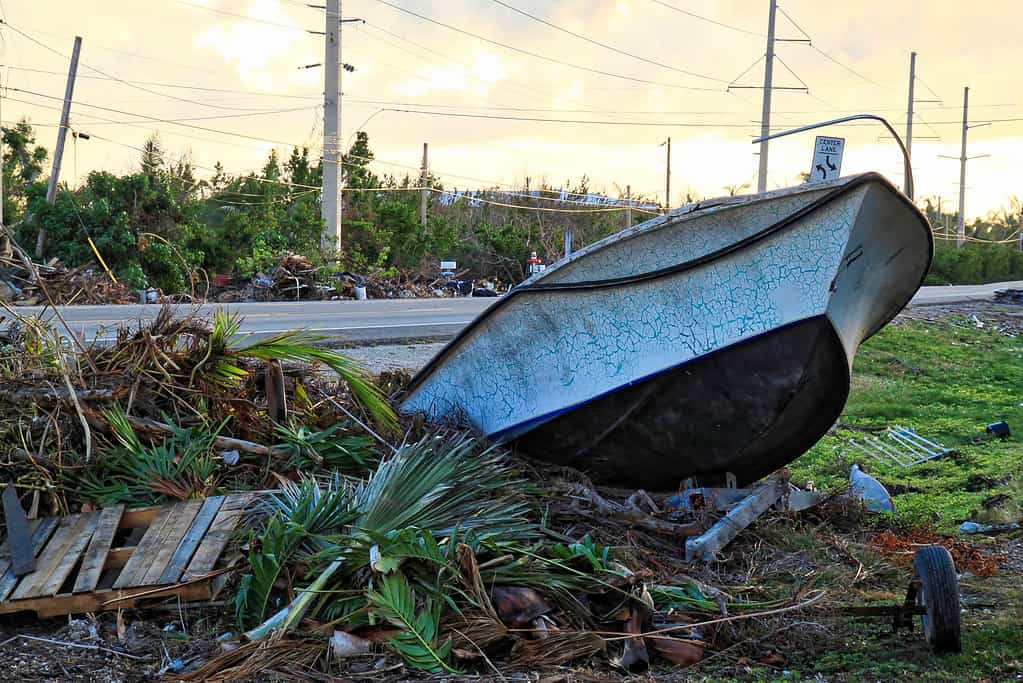
The Galveston Hurricane in 1900 is recorded as the deadliest hurricane in US history.
©Shelly Bychowski/iStock via Getty Images
The Gulf of Mexico is notoriously warm and because of those temperatures, it makes it perfect for powerful hurricanes to form. Throughout history, these hurricanes have caused devastating damage to the surrounding areas in the United States, Mexico, and Cuba. There have been deadly hurricanes throughout the years, most notably Hurricane Katrina in 2005. It mainly affected the southeast United States where 1,836 people died and caused damage estimated between 97-150 billion dollars.
4. Diverse Animal Life
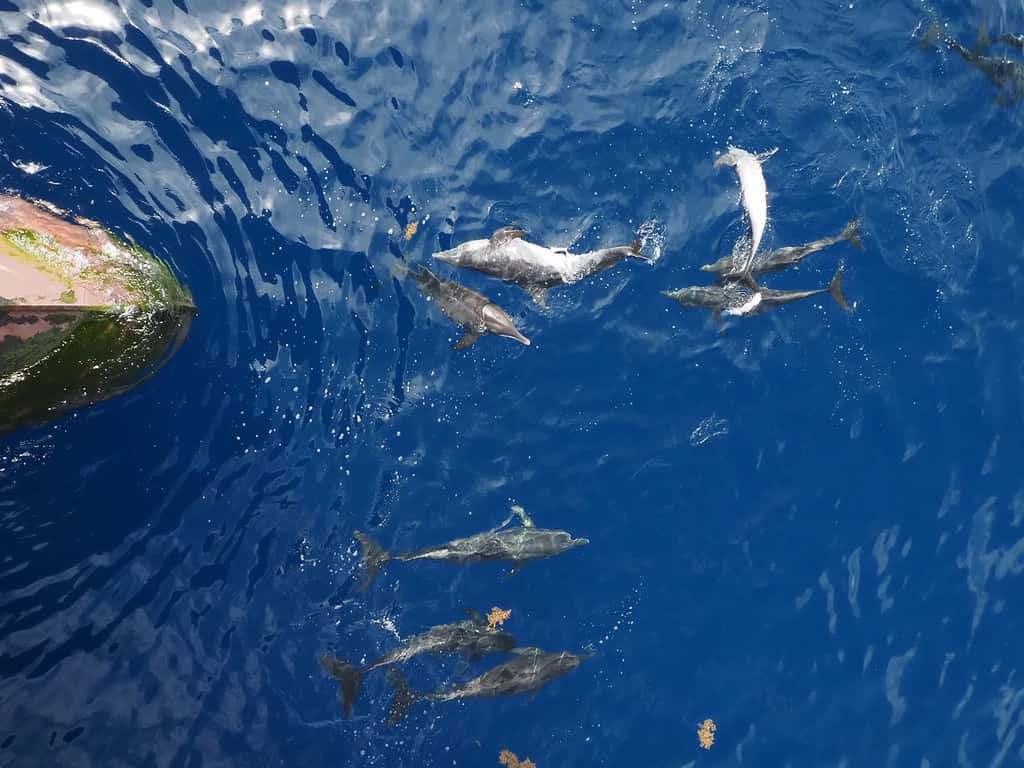
You can also spot mollusks, clams, oysters, and other invertebrates living in the Gulf waters.
©flyingrussian/iStock via Getty Images
The Gulf of Mexico is home to a great diverse population of marine life. There are many species of whales like humpback whales, killer whales, and blue whales. You can also spot several species of dolphins like the striped dolphin and Atlantic spotted dolphin. The gulf is also home to thousands of species of fish, most notably the red snapper, gulf flounder, tiger shark, and albacore tuna. There are also five species of sea turtles known to traverse the gulf waters including green turtles and loggerhead turtles. The turtles have been put on the endangered list because of human hunting.
When it comes to flora, there are various types of plants like marsh grass and sea algae. You can also find plankton and corals.
5. Coral Reef Paradise

Florida has over 2,500 artificial reefs, the most in the US.
©LUNAMARINA/iStock via Getty Images
Speaking of corals, the Gulf of Mexico is a coral reef paradise. There are several reefs throughout the gulf, mainly in Florida, Texas, and around the Yucatan and Quintana Roo coasts in Mexico. In fact, the second-largest coral reef in the world is called the Mesoamerican Barrier Reef System along the coasts of Mexico, Belize, Guatemala, and Honduras. This system is colloquially called the Great Mayan Reef.
6. Fascinating History
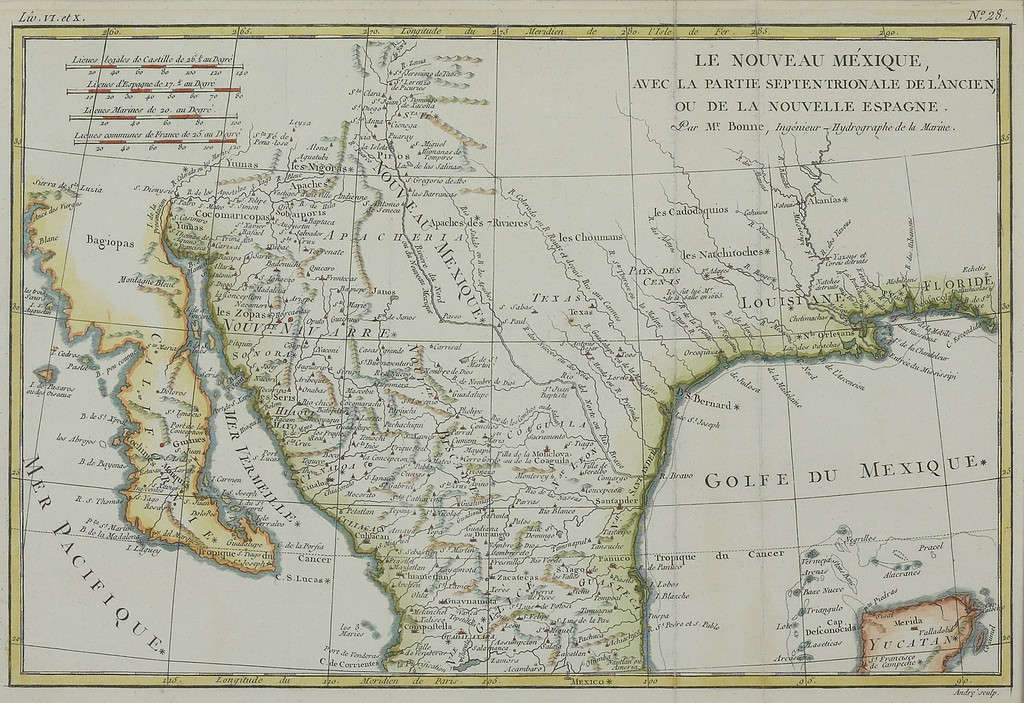
The Gulf of Mexico has existed for over 300 million years.
©© Getty Images/AbleStock.com via Getty Images
The history of the Gulf is interesting, to say the least. The Gulf of Mexico was used as a trade route for various native civilizations. The first Spanish exploration of the gulf was made by Amerigo Vespucci in 1497, although this has been disputed by historians. In 1519, Hernan Cortes, who was the man responsible for the conquest of Mexico, arrived from the Gulf to Yucatan and proceeded inward to Tenochtitlan.
7. Shipwreck Graveyard
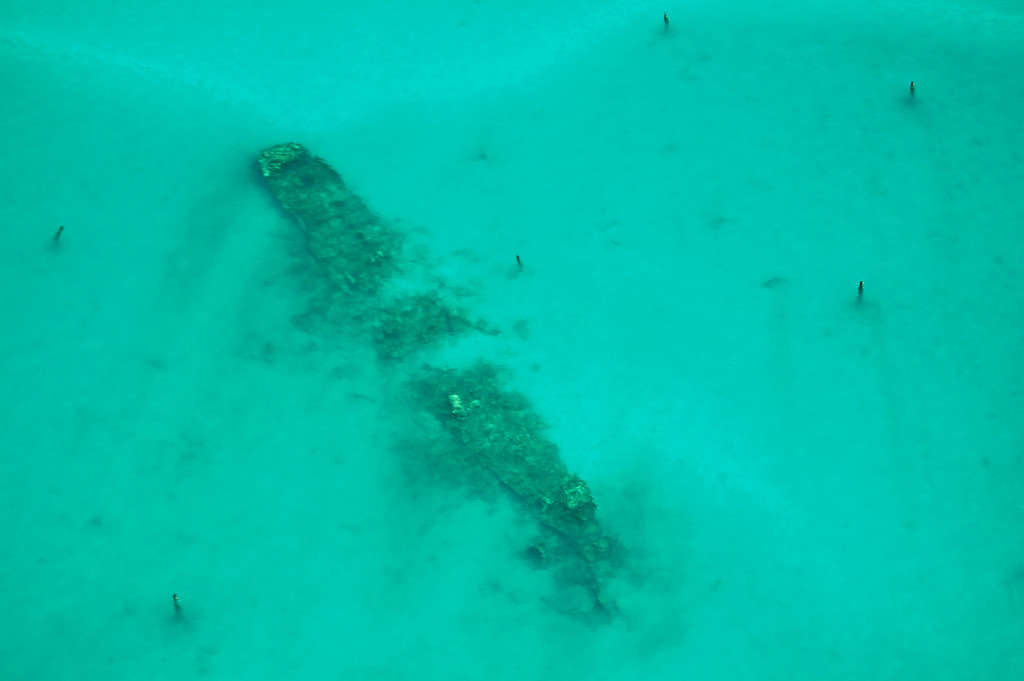
It is believed that there are over 4,000 shipwrecks in the depths of the Gulf of Mexico.
©Maisna/iStock via Getty Images
Ever since the European conquests of Mexico, Cuba, and the southern United States, there have been many shipwrecks in the Gulf of Mexico. Either because of natural disasters or battles, there are shipwrecks at the bottom of the gulf with storied histories. A few notable sea vessels in the depths of the gulf include the Robert E. Lee ship, which was torpedoed by a German submarine in 1942. The same German submarine also sank in 1942, whose wreckage was found in 2001, a few miles away from the Robert E. Lee.
8. Major Successful Industries
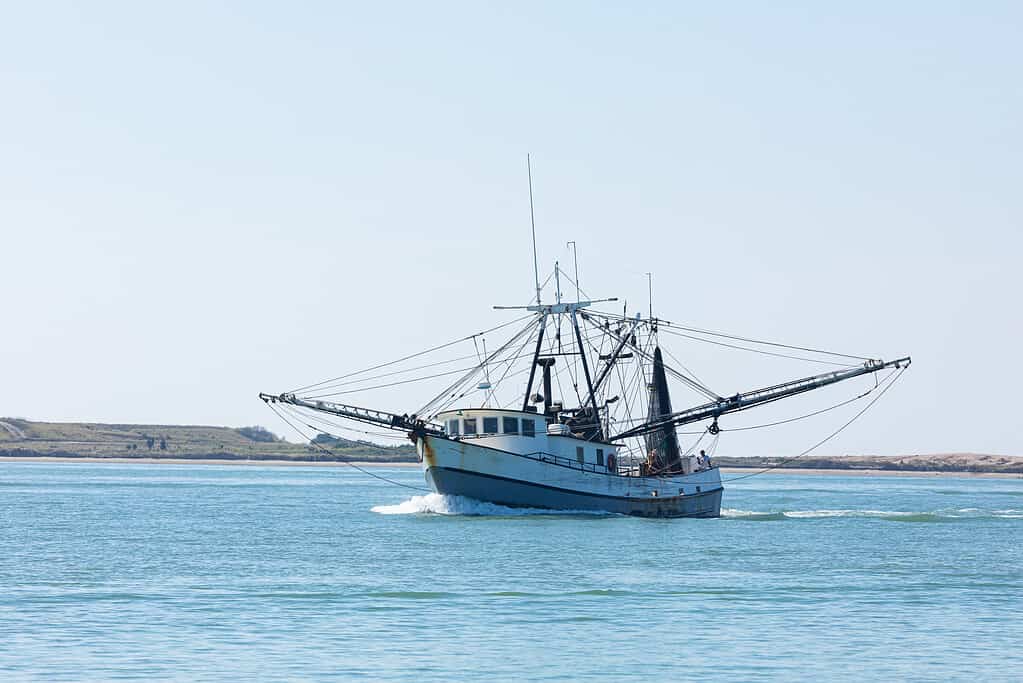
It is reported that as much as 72 million pounds of shrimp comes from the Gulf.
©Roberto Galan/iStock via Getty Images
The Gulf of Mexico serves as an important anchor to four major industries: tourism, fishing, oil, and shipping. Oil companies drilling in the Gulf make billions every year. The tourism industry makes $100 billion in profits every year. When it comes to the fishing industry, in the US alone, it provides over 23,000 jobs a year.
9. Offshore Petroleum Drilling
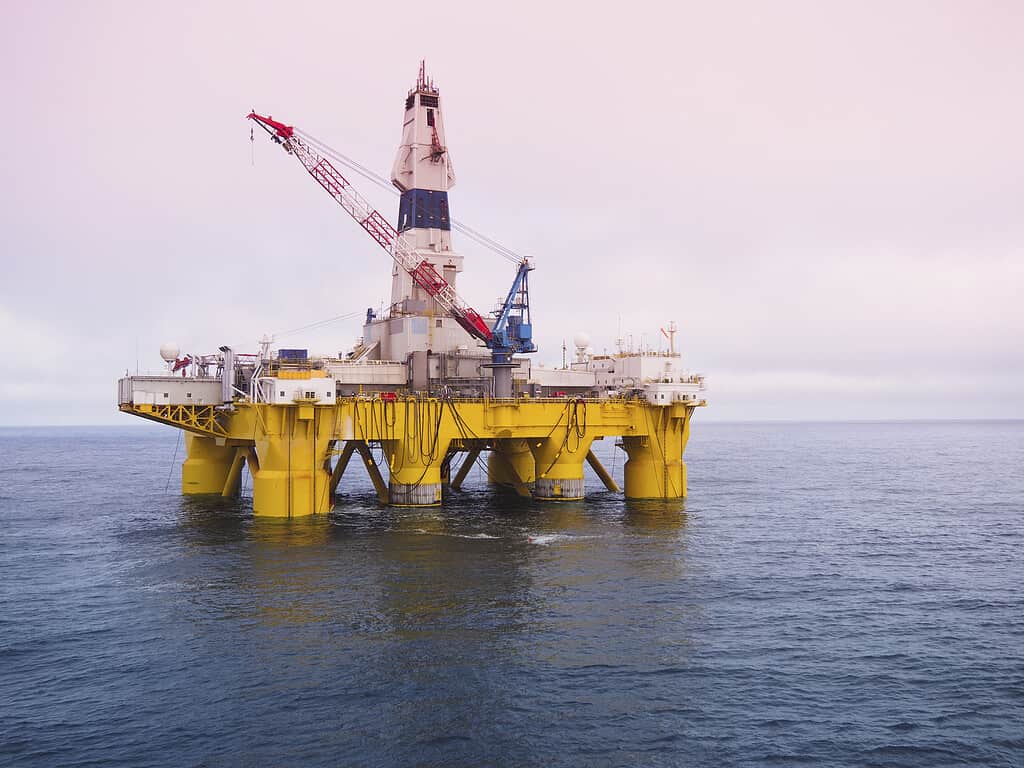
The Deepwater Horizon oil spill is the largest marine oil spill in the world, where an estimated 4,100 to 4,900 barrels of oil were discharged into Gulf waters.
©flyingrussian/iStock via Getty Images
There are two main environmental threats to the Gulf of Mexico, agricultural runoff from the farming industry near the Gulf, and offshore oil drilling. Offshore oil drilling is dangerous, as it depletes natural resources in the area. It also affects marine life in the waters. It can damage natural habitats, which can have detrimental consequences for the environment. In a study published by PNAS (the Proceedings of the National Academy of Sciences), the release of methane and carbon dioxide emissions threatens the overall environment and can accelerate climate change.
10. Important for Surrounding Nations
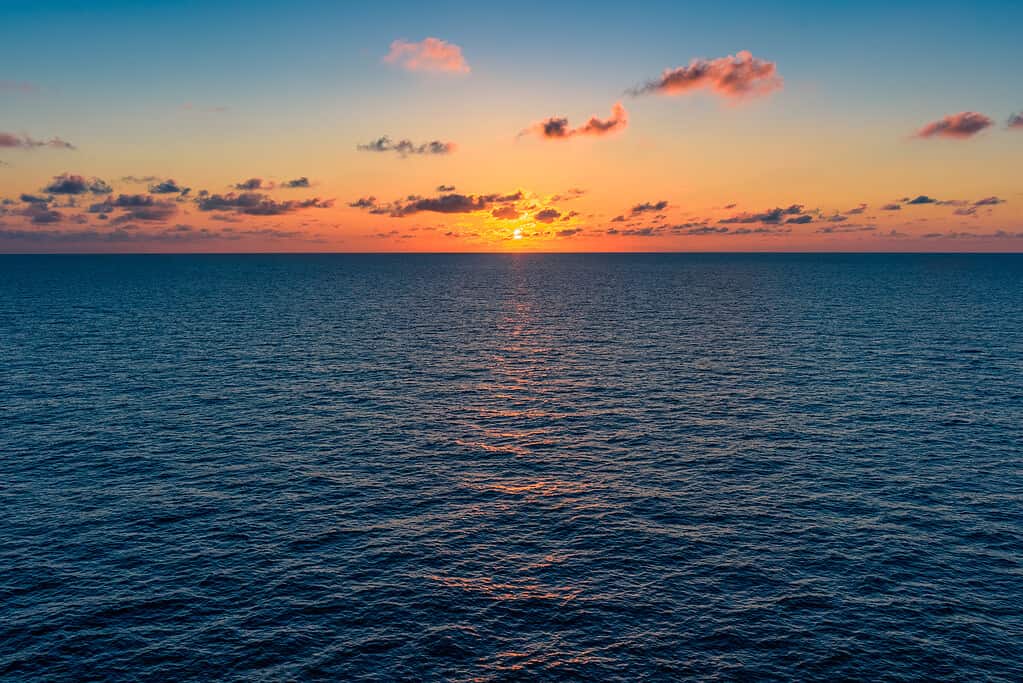
The Gulf of Mexico is the tenth-largest body of water in the entire world.
©CurtisC Photoography/iStock via Getty Images
The Gulf of Mexico is extremely important for the United States, Mexico, and Cuba. It sustains the economies of the three nations to a substantial degree — ensuring that thousands of people have jobs and millions are fed. Because the Gulf is also very biodiverse, it has also made sure that many animals thrive in the Gulf waters.
Conclusion
And there you have it, 10 incredible facts about the Gulf of Mexico. This body of water is and always has been one of the most important bodies of water in the world. Not only is it biodiverse, but it also has an immense amount of natural resources and it is home to rare coral reefs. It is an important hotspot that provides humans in the region with food and money. The gulf ensures the economies of the countries bordering the Gulf of Mexico can thrive. However, the threat of oil drilling is real and something that threatens the natural habitats of marine life in the Gulf.
If you happen to visit regions surrounding the Gulf of Mexico, don’t forget to look out and see the beauty of this blue body of water.
The photo featured at the top of this post is © Anton Balazh/Shutterstock.com
Thank you for reading! Have some feedback for us? Contact the AZ Animals editorial team.







